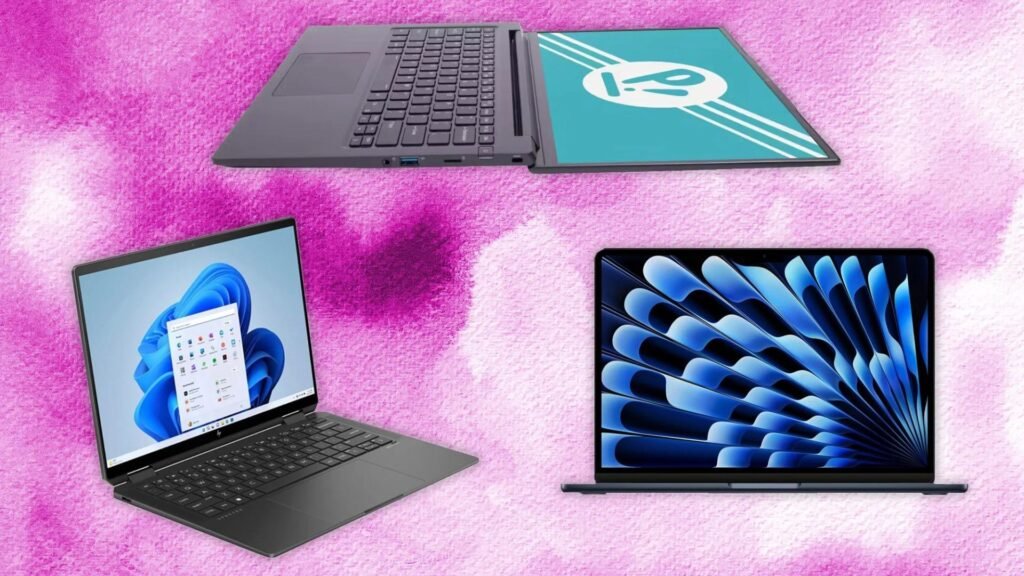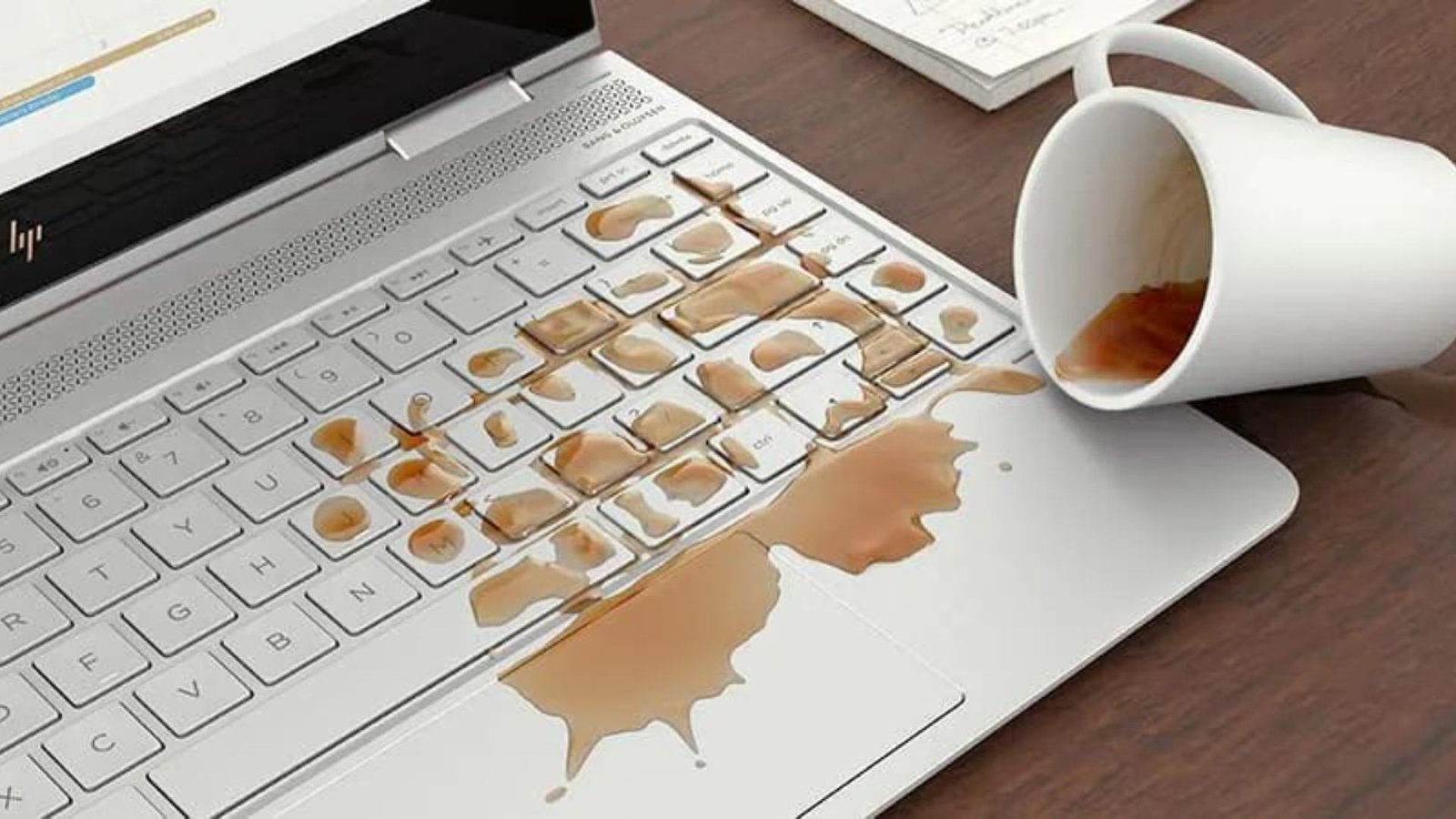When deciding how to choose a personal computer, the first step is to understand what you need it for. Are you buying a computer for work, gaming, school, or just browsing the internet? Knowing your purpose helps you narrow down the options. For example, if you need a computer for graphic design or video editing, you’ll want one with high processing power and a strong graphics card.
Different tasks require different specifications, so start by identifying your primary use.

Decide on a Budget
Budget is an important factor when figuring out how to choose a personal computer. Personal computers come in a wide range of prices, so decide how much you’re willing to spend. High-end computers with powerful specs will cost more, while budget-friendly models may have fewer features.
Keep in mind that spending a little extra can ensure that your computer lasts longer and performs better over time. However, you can also find good quality options that fit within a modest budget.
Consider Performance Features
How to choose a personal computer also depends on performance features. Key things to look at include:
- Processor (CPU): The “brain” of the computer. If you’re doing basic tasks, an entry-level processor will work. For more demanding tasks, like gaming or editing, choose a faster, more powerful processor.
- RAM: This affects how well your computer can multitask. For casual use, 8GB of RAM is usually enough, but if you need to run multiple programs at once or do heavy editing, 16GB or more is recommended.
- Storage: Solid-state drives (SSD) are faster and more reliable than traditional hard drives (HDD). Choose an SSD if speed is a priority. If you need lots of storage, consider a computer with both SSD and HDD options.
Pick Between a Desktop and Laptop
When learning how to choose a personal computer, it’s important to decide whether you want a desktop or a laptop. Desktops tend to have more power, upgradability, and larger screens, but they are not portable. Laptops are more convenient for people on the go but often come with fewer options for upgrades.
Think about your lifestyle and where you’ll be using the computer. If you need something portable, a laptop is a better choice. For a dedicated work or home setup, desktops can offer better value for performance.
Look at the Display and Graphics
Choosing the right display is another key factor in how to choose a personal computer. If you’re into gaming, video editing, or graphic design, you’ll want a high-quality display with a good graphics card. Look for computers with Full HD or higher resolutions for crisp visuals.
For everyday use like web browsing, a standard display will work fine. However, if you spend hours on the computer, consider one with eye-care technology to reduce strain.
Check Battery Life for Laptops
If you’re choosing a laptop, battery life is an essential consideration in how to choose a personal computer. Depending on your needs, you might need a battery that can last all day, especially if you work remotely or travel frequently. Check the battery specifications to make sure the computer meets your lifestyle.
Conclusion
Learning how to choose a personal computer requires you to think about your needs, budget, performance, and whether you want a desktop or laptop. Make sure to look at the display quality and, if buying a laptop, consider battery life. By focusing on these key factors, you can find the perfect personal computer that fits your needs.











